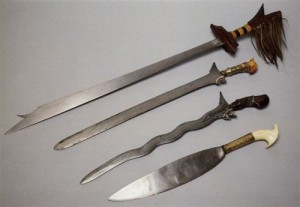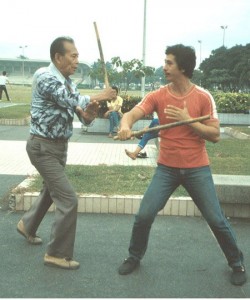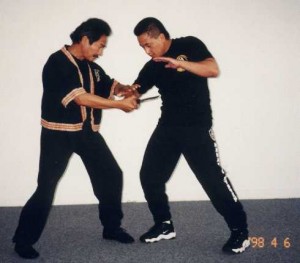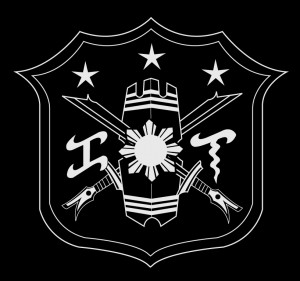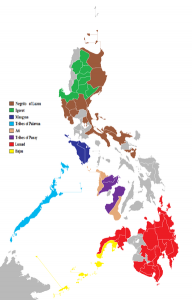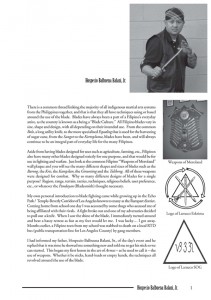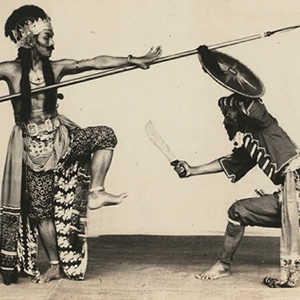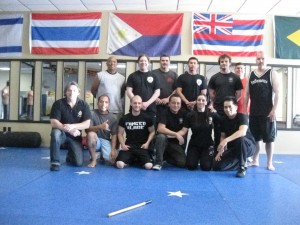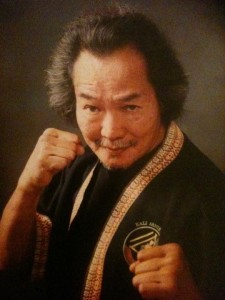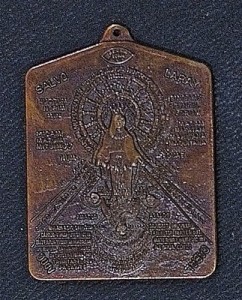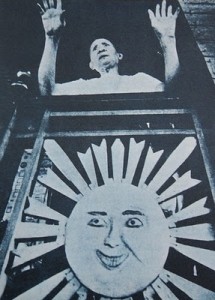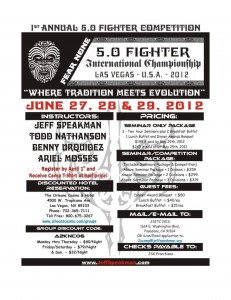
Kapisanang Mandirigma Member Guro Ariel Flores Mosses to teach at Jeff Speakman's 5.0 Fighter Event Kapisanang Mandirigma Member Guro Ariel Flores Mosses to teach at Jeff Speakman's 5.0 Fighter Event Las Vegas, Nevada, USA. June 27, 28, 29 - 2012 Guro Ariel Flores Mosses: About Guro Ariel: Guro Ariel F. Mosses has over 30 years of Filipino Martial Arts experience. He has trained under Filipino Hall of Fame Grand Master Conrad A. Manaois, the late Punong Guro Edgar G. Sulite, and Grand Master Christopher Ricketts of Kali Ilustrisimo. Guro Mosses is the Vice President and Chief Instructor for Manaois Systems International. He holds a 7th degree in Kali Jukune Do. Guro Ariel is a member of Kapisanang Mandirigma. He has experience as a professional bodyguard and is a former police officer. Guro Ariel is currently teaching at LV Tactical Training in Las Vegas, Nevada. Guro Ariel will be one of the instructors at Jeff Speakman’s 5.0 Fighter Event Las Vegas, Nevada, USA. June 27, 28, 29 – 2012. . http://mandirigma.org/?p=1537 To contact Guro Ariel go to: http://www.lvtacticaltraining.com/ http://www.youtube.com/watch?v=oeyr9T6qD34 … [Read more...]
